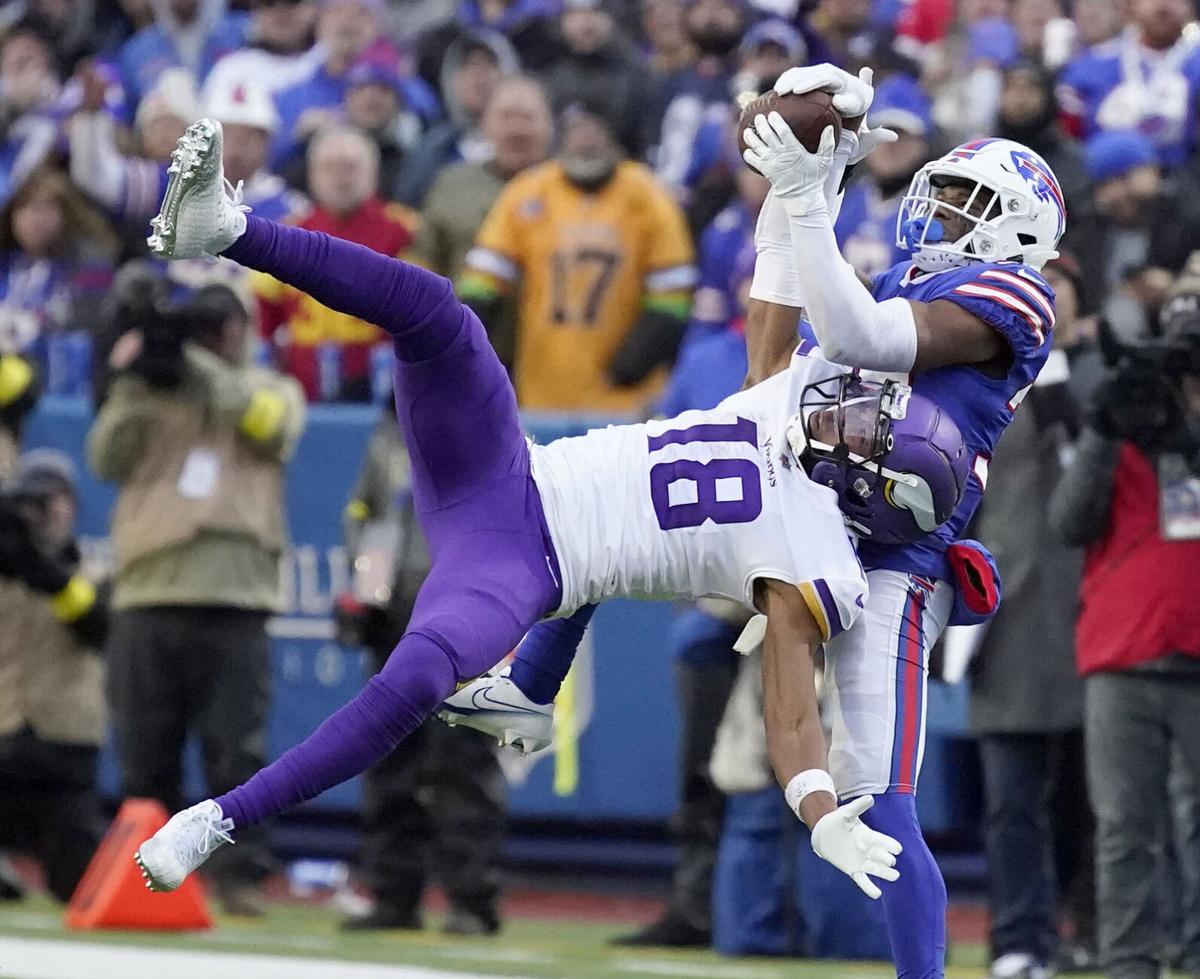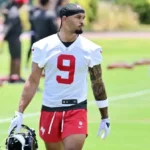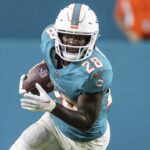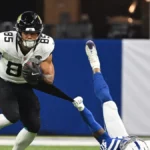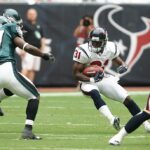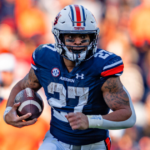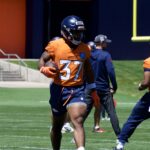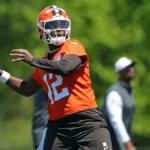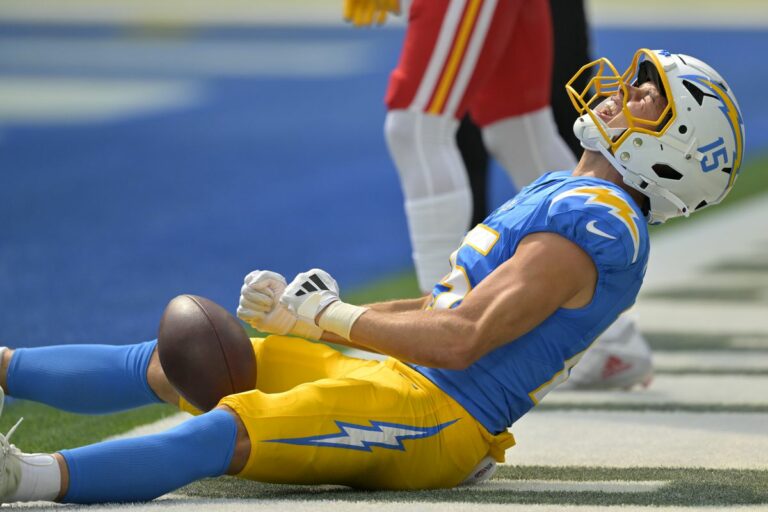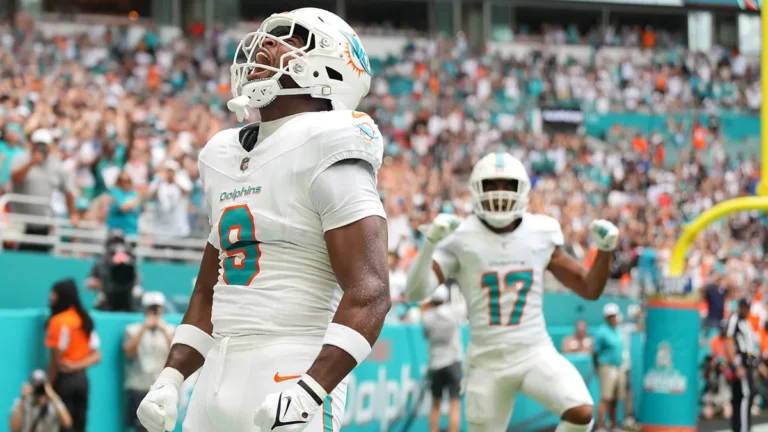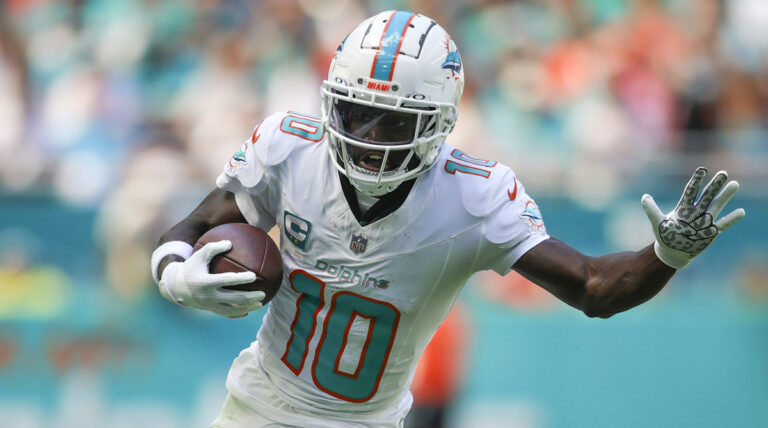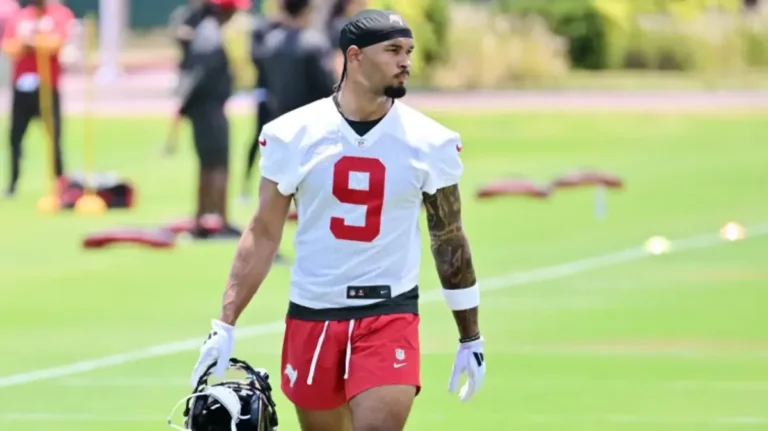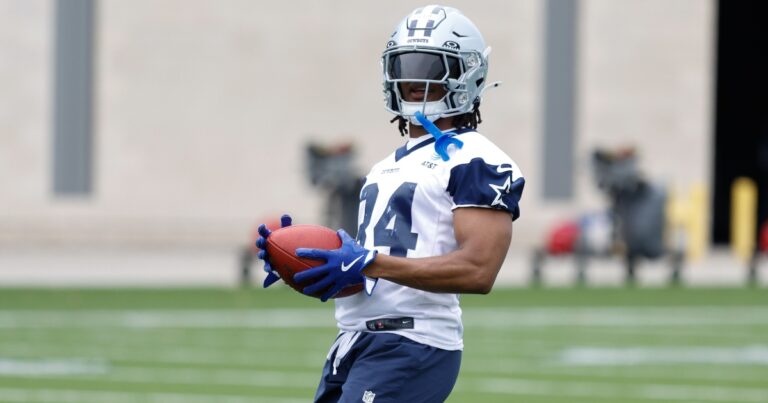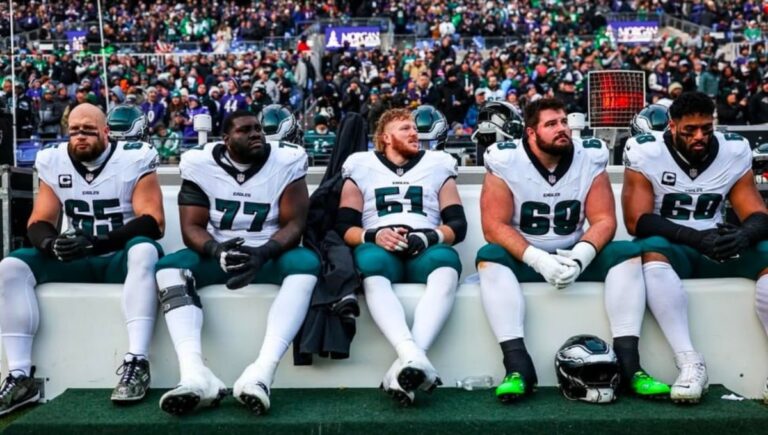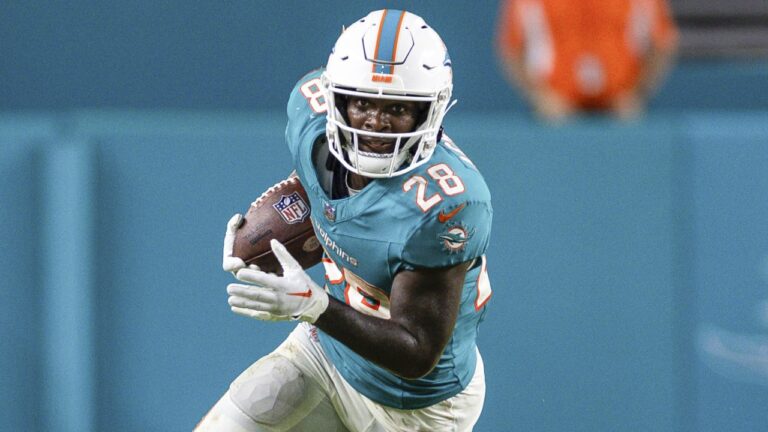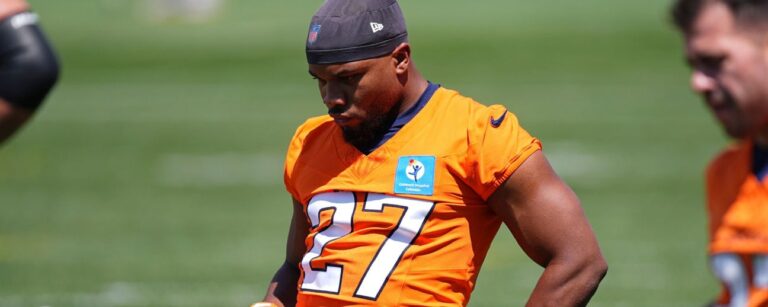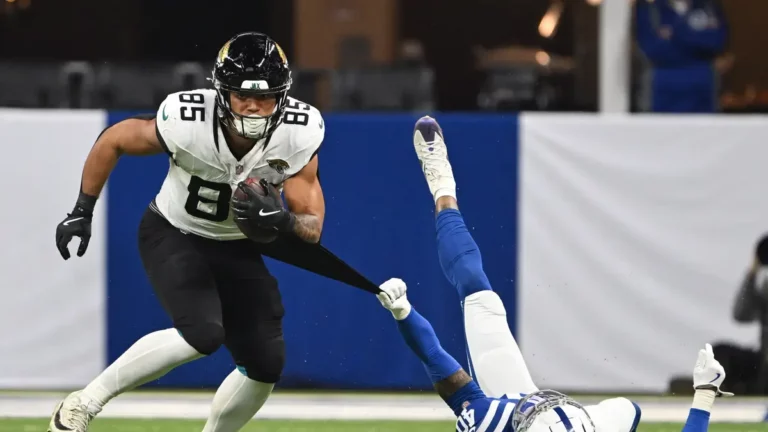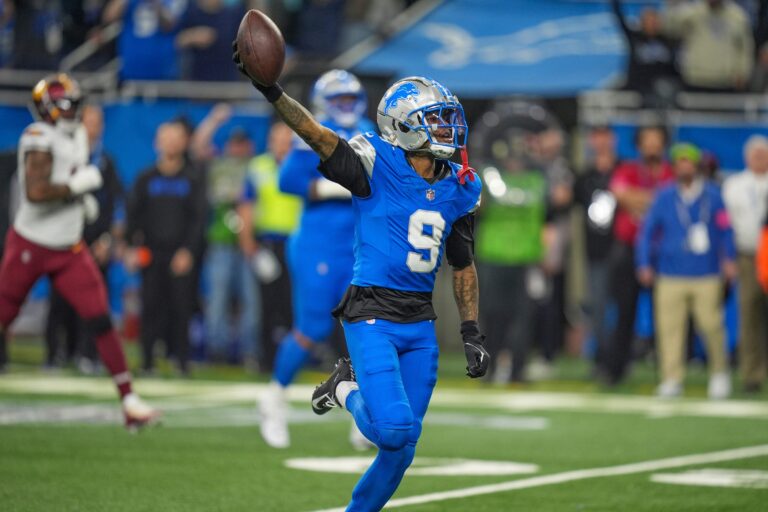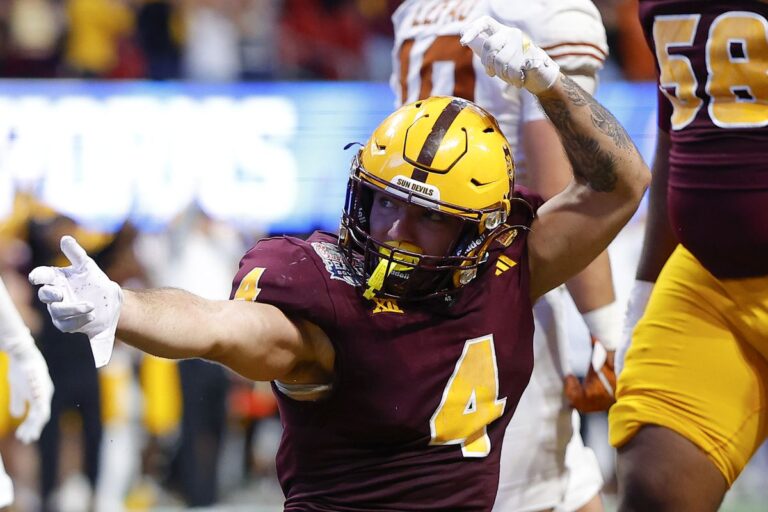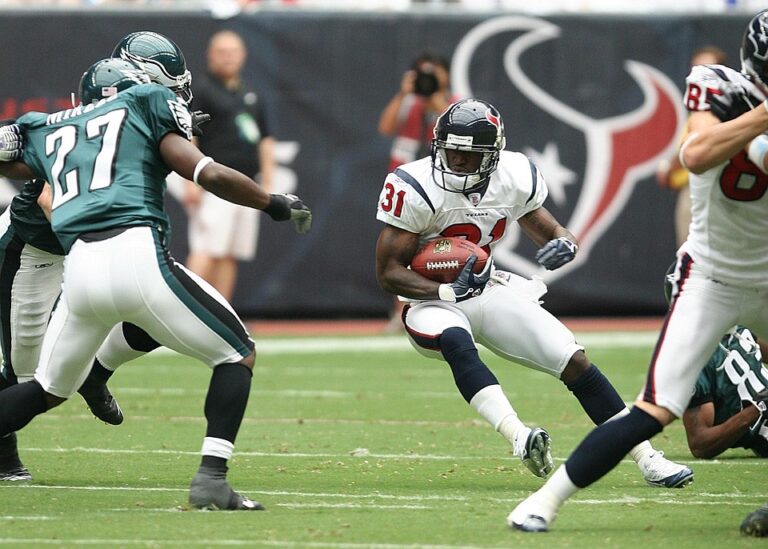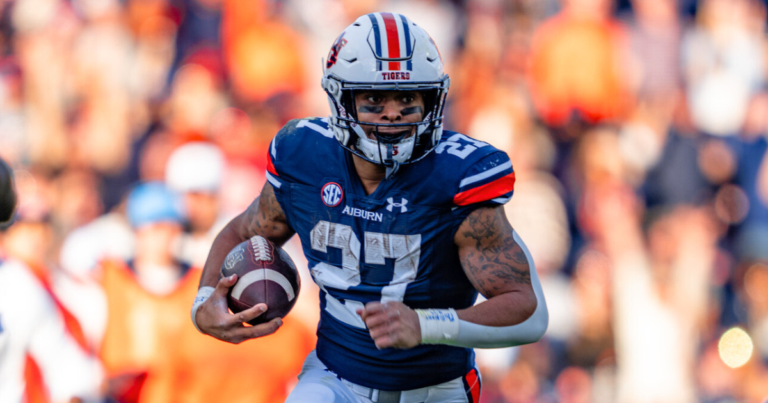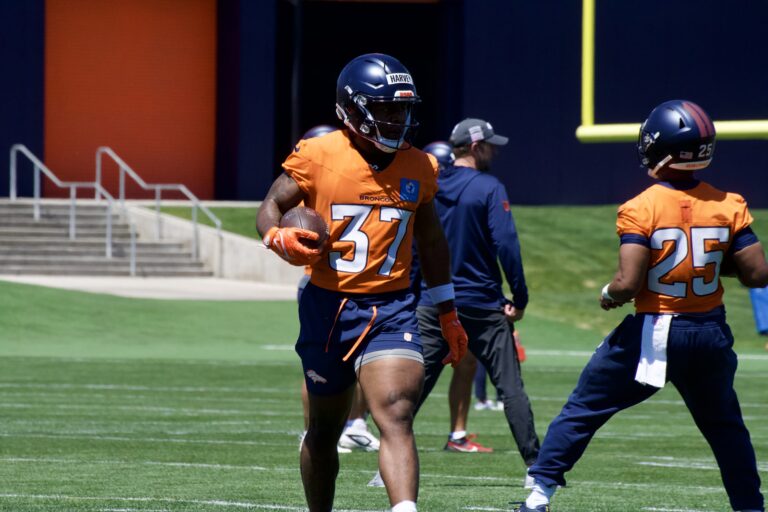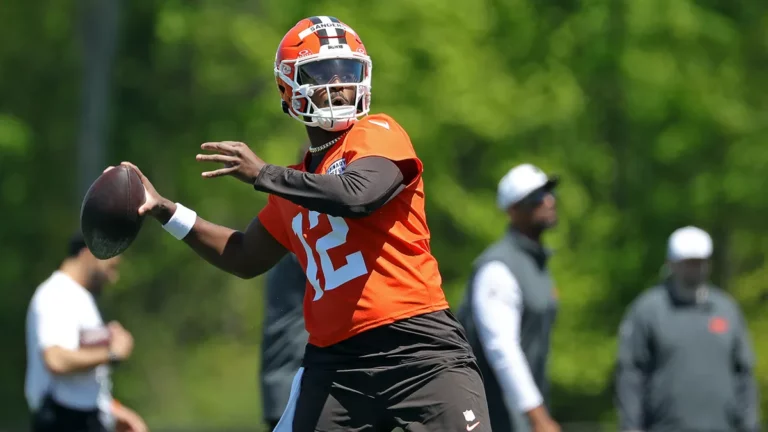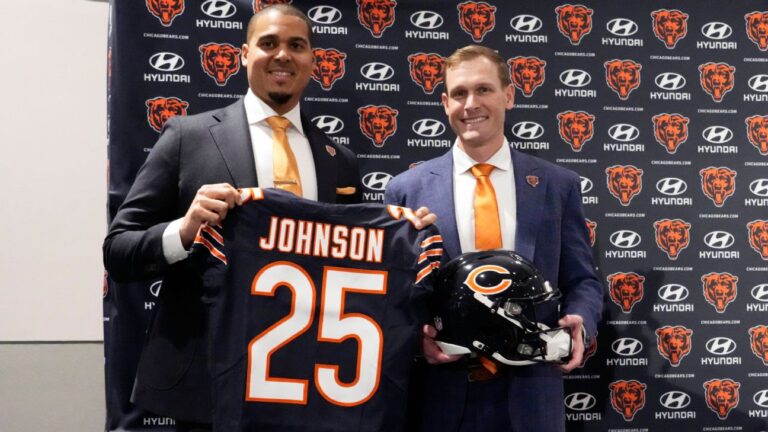This isn’t your dad’s fantasy league where the first 10 picks off the board are all running backs. The NFL is changing, and your fantasy draft strategy must also adapt. This means it’s time to grow a set of balls and take a wide receiver – or Travis Kelce – in the first round of your 2023 fantasy football draft.
Now, I’m not saying you should pass up on Christian McCaffrey or other elite talent at the running back position. I am saying that the wide receiver position is becoming increasingly more valuable in fantasy football, and you need to capitalize on that.

The first two picks are the most crucial of the draft. With these picks, ensuring you are getting the best player available while minimizing risk is incredibly important. Depending on how your draft unfolds, zero RB might be the strategy that allows you to find studs with little risk.
Note: The statistics and perspective provided will be based on PPR scoring.
WHAT IS ZERO RB?
The zero RB strategy traditionally entails not selecting a running back until the fifth or sixth round of your draft. These early rounds are spent selecting elite players at WR, QB, and usually TE.
In the later rounds, running backs with high upside are selected. These are typically rookies, players who have the chance to take over a backfield, or players who are generally overlooked. In 2021, some zero RB targets included Rhamondre Stevenson, Tony Pollard, and Kenneth Walker III — all young running backs who had the potential to take over their backfield.
If you were lucky enough to land one of these players, paired with premium talent at other positions, you were looking at fantasy gold.
WHEN SHOULD ZERO RB BE USED?
In most fantasy leagues, elite running backs like Christian McCaffrey, Austin Ekeler, and Saquon Barkley will be gone in the first handful of picks. This strategy works best when the premium talent at RB is gone, AKA when you are drafting in a late position. Once the stud ball carriers are off the board, it might be time to look elsewhere.
The zero RB strategy should only be used in 0.5 and full PPR leagues. The logic behind this is fairly simple: When players earn points for each reception, receivers have a higher probability of surpassing running backs in scoring. This also allows pass-catching running backs – who go in later rounds- that have quality weeks to make up for your deficiencies at RB. Think Jerick McKinnon, who finished 2022 as the RB20 in PPR formats and could have been found on waivers.
Daily Fantasy Insight: From Weeks 10 to 18, Chiefs RB Jerick McKinnon ranked fifth among all RBs in fantasy (PPR) points.
— Legit Football (@_legitfootball) May 19, 2023
Finishing with more than Derrick Henry, Saquon Barkley, and Nick Chubb. pic.twitter.com/svnw29q42l
VOLATILITY AND INJURY RISK
The running back position is volatile for various reasons that can be difficult to predict. These reasons include the emergence of running back by committee, difficulty in predicting touchdowns, and coaches seemingly changing their RB1 on a whim.
A quick note on touchdowns: Running backs rely on touchdowns to score fantasy points more than any other position, excluding QBs. What makes this problematic is that touchdowns are incredibly difficult to predict and can fluctuate dramatically from year to year. This can lead to dramatic changes in performance each year and create disappointment for a first-round pick.
Injuries are something that also affects the running back position dramatically. Running backs face season and career-altering injuries at a higher rate than any other position.
Since 2017, a combined 81 running backs have been selected in the top two rounds of fantasy drafts. Of these 81 RBs, 20 percent, or 16 running backs, have had season-altering injuries. Season-altering, meaning they missed five or more games over the year.
DIAMONDS IN THE ROUGH
Many fantasy analysts and managers stand behind the first-round running back. One point they often make is the steep drop-off in talent and production after the first few rounds. However, I don’t exactly find this to be the case.
Throughout fantasy football drafts, there are many hidden gems at the RB. What I mean is many RBs significantly outperform their ADP.
Josh Jacobs, Rhamondre Stevenson, and Tony Pollard. What do these guys have in common? They all finished as top-eight running backs but were taken at pick 50 or later in preseason drafts. Not to mention Jamaal Williams, who finished the year as RB13 but had an ADP of 126 (RB50).
While these are only a handful of players, you don’t need RB1 production if you have locked down elite WR and QB talent in the first few rounds. Your team is perfectly capable of success with talent in the RB2 range. Last year, this came from players like Travis Etienne Jr., Kenneth Walker III, and Jerick McKinnon.
However, you might be lucky enough to find one of these elite late-round RBs. If you find one and pair him with elite WRs and QB, I call this collecting the Infinity Stones…

THE BELL-COW BACK IS A THING OF THE PAST
Over the course of the 2022 NFL season, just 16 running backs had a snap share over 60 percent. Even more shocking, only six were on the field for over 70 percent of snaps. As highlighted by the Roto Street Journal Fantasy Stock Formula, opportunity and usage are crucial pillars to success in fantasy football. What do you need to do to score fantasy points? Be available to play. Volume is key for fantasy success at the running back position. In an era where volume is closely monitored for running backs, the value of non-elite RBs will continue to diminish.
To put into perspective how running back usage has diminished in just the last few years, only four running backs in 2018 saw at least 82 percent of snaps. In 2019, five RBs eclipsed this threshold. In 2022, only one RB achieved an 80 percent snap share. This was Saquon Barkley, who played exactly 80 percent of snaps.
This decrease in snap share is because running back by committee is becoming increasingly more common in the modern NFL. Unfortunately, this has been at the expense of fantasy production for that position. However, this is all the more reason to take WRs and a QB in the early rounds and embrace the zero RB strategy.
2023 ZERO RB TARGETS
It is the end of May, so ADPs will look different when redraft leagues are getting going in August. However, Best Ball players can take advantage of these targets now.
Joe Mixon: I just wrote about the upside of Mixon at his current fifth or sixth-round ADP. With the departure of Samaje Perine, Mixon’s touches will be through the roof. Mixon will have the opportunity, especially in the red zone, to make himself an RB1 come the end of 2023. Not to mention that Mixon has finished as an RB1 in the last three seasons.
Kenneth Walker III: Despite performing well in his rookie season, Walker is still sliding into the fifth round of drafts. This is partly due to the Seahawks spending a second-round pick on UCLA product Zach Charbonnet. Despite the addition of Charbonnet, Walker is still a great target for zero RB drafters. Walker finished 2022 with the third-most red zone touches of any running back and the eighth-highest breakaway run rate. Walker can explode in 2023 and is a great fifth-round target.
J.K. Dobbins: Dobbins has seen a career riddled with injuries, so it is hard to project how he will perform this season. However, in the small sample size we have from 2022 and 2020, it is hard to deny the talent of Dobbins. Dobbins will be the RB1 of the Baltimore Ravens, who ran the ball at the third-highest rate in the NFL. Dobbins will be fully healthy in 2023 and will certainly receive the volume to outperform his ADP.
Additional Targets: D’Andre Swift (ADP: 70), Rachaad White (ADP: 82), Alexander Mattison (ADP: 83), Javonte Williams (ADP: 93), Khalil Herbert (ADP: 122).
CLOSING COMMENTS
Zero RB is not the only strategy that should be used in fantasy drafts. Employ it carefully and in the correct situations.
If zero RB is something you decide to employ, target late-round RBs with high upside.
Don’t be afraid to ignore the expert rankings and pass on some running backs who “should” go in the first few rounds.
Don’t force anything. Adapt as the draft progresses, and get out there and collect your Infinity Stones!
